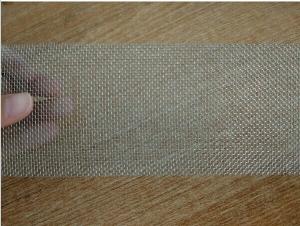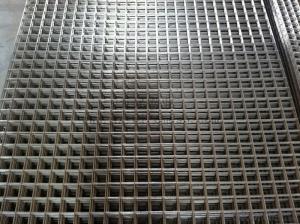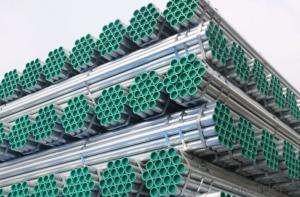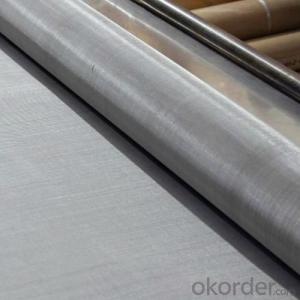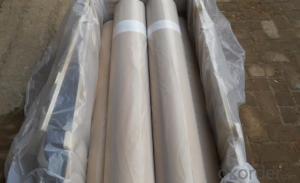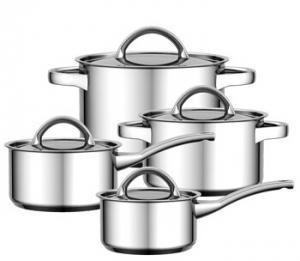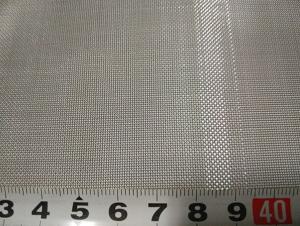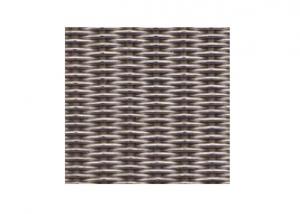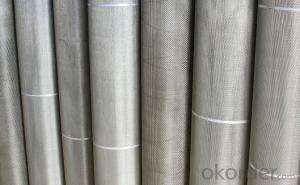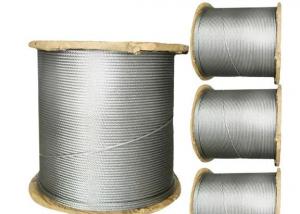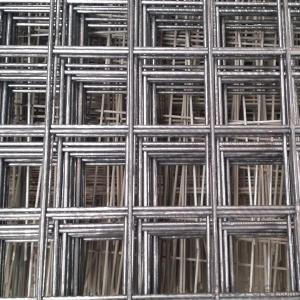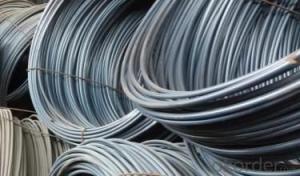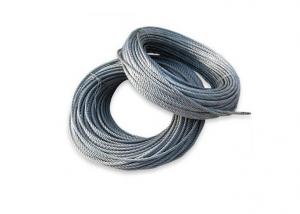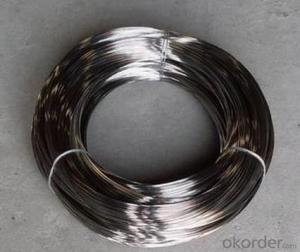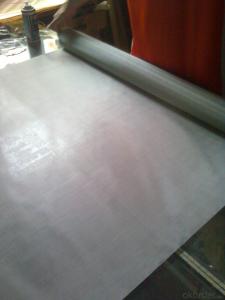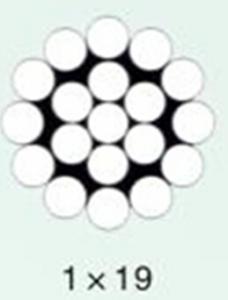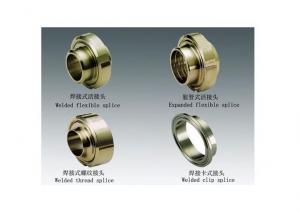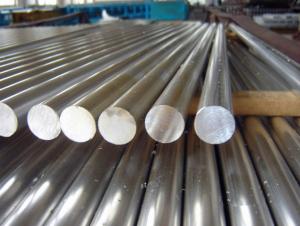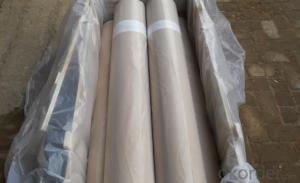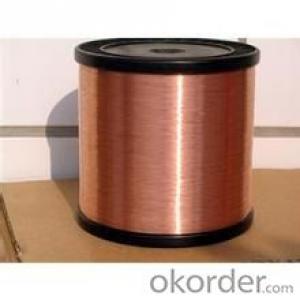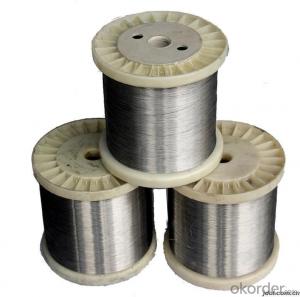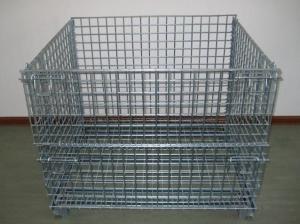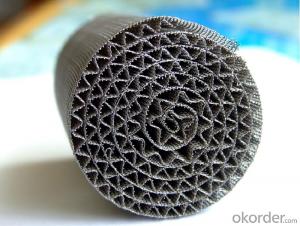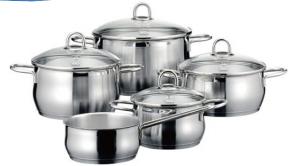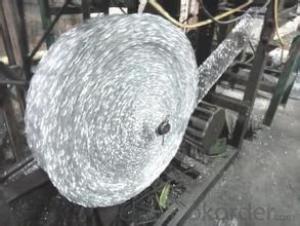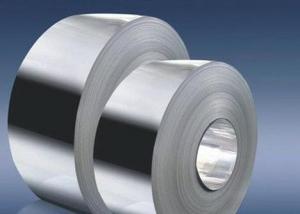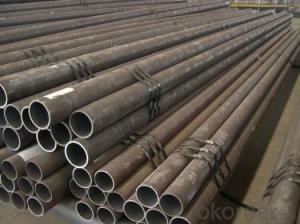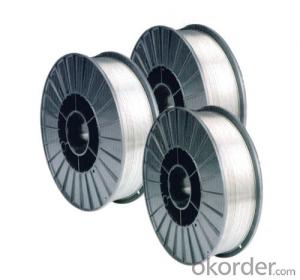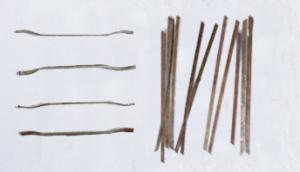Stainless Steel Wire Uk
Stainless Steel Wire Uk Related Searches
Stainless Steel Screws Uk Stainless Steel Wires Stainless Steel Tie Wire Stainless Steel Wire Singapore Stainless Steel Wire Rack Stainless Steel Jewellery Wire Stainless Steel Wire Grid Stainless Steel Wire Shelves Stainless Steel Mig Wire Stainless Steel Wire Shelving Wire Mesh Stainless Steel Stainless Steel Wire Fence Stainless Steel Tape Stainless Steel Wire Wheel Stainless Steel Threaded Pipe Stainless Steel Piping Stainless Steel 16 Gauge Wire Stainless Steel Pipes Stainless Steel Wire Basket Stainless Steel Wire Mesh Nz 16g Stainless Steel Wire 16 Gauge Stainless Steel Wire Stainless Steel Wool Stainless Steel China Stainless Steel Strap Chicken Wire Stainless Steel Stainless Steel Screen Pipe Stainless Steel Tiles Stainless Steel Glue Pipe StainlessStainless Steel Wire Uk Supplier & Manufacturer from China
Stainless Steel Wire UK offers a wide range of high-quality stainless steel wires that cater to various industries and applications. These products are known for their durability, corrosion resistance, and strength, making them ideal for a multitude of uses. The versatility of stainless steel wire UK products allows them to be employed in construction, automotive, aerospace, and many other sectors where reliable and robust materials are essential.The application and usage scenarios of stainless steel wire UK products are vast, as they can be found in everyday items such as cutlery, cookware, and medical equipment, as well as in more specialized applications like marine structures and chemical processing plants. Their resistance to corrosion and ability to withstand high temperatures make them a popular choice for environments where other materials might fail. Additionally, stainless steel wire UK products are often used in the manufacturing of springs, cables, and various mechanical components due to their exceptional tensile strength and flexibility.
Okorder.com is a leading wholesale supplier of stainless steel wire UK products, boasting a large inventory that caters to the diverse needs of customers. By offering a comprehensive selection of stainless steel wire UK products, Okorder.com ensures that clients can find the exact specifications and quantities they require for their projects. This extensive inventory, combined with competitive pricing and efficient shipping, makes Okorder.com the go-to source for businesses and individuals seeking high-quality stainless steel wire UK products.
Hot Products

